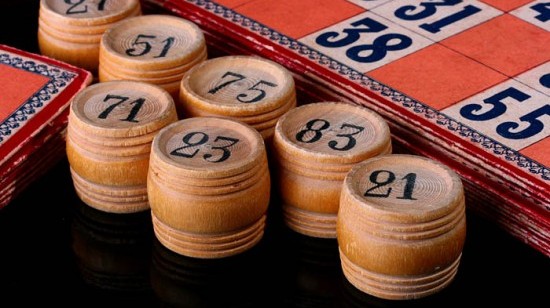While online bingo is a relatively new phenomenon, the game of bingo is actually centuries old and has gone through several different names and variations. The game of bingo traces its extensive history through Italy, France, Germany, and then to North America – all before bingo made its debut on the Internet.
Originally, bingo was played under another name. The game of bingo was originally called Lotto, or more accurately Lo Giuoco del Lotto d’Italia. The earliest evidence of the game of bingo suggests that the game was introduced to the Romans in the year 1530. Lo Giuoco del Lotto d’Italia, which is believed to be the original bingo game was played in drawing 5 numbers ranging from one to ninety. In Italy, this game evolved into the national lottery game that is played throughout Italy.
Originally, the Lo Giuoco del Lotto card game played from cards that were divided into nine columns up and down and three rows sideways. Appropriately, the rows possessed nine squares – five of which were numbered and four were blank. The numbers were random in nature, which meant that they were in no specific order. While the numbers were not in any specific order, the columns were logically divided. Numbers one through ten were in the first column, while the second column housed numbers ranging between eleven and twenty.

When the Lo Giuoco del Lotto game was played, the players each purchased a card and the caller drew numbered wooden tokens. These tokens were numbered from one to ninety. As the numbers were called, the players covered the corresponding numbers. The game ended when a player covered an entire row on their Lo Giuoco del Lotto card.
Eventually, this game spread through Europe, spilling into Germany and France, as well as the United Kingdom. In 1778, the French changed the name of the game to Le Lotto. Le Lotto was an elitist game, as only the richest members of the French society played it. While the French reserved this game for the upper class, the Germans adopted the game and put it to educational use. In Germany, early versions of the game of bingo were used to help school teachers teach the nation’s children how to multiply. Even today, the game of bingo assists people in helping children identify numbers, how to spell, do math, and even how to read.
In the United Kingdom, the game of bingo took on the name Housey Housey. Housey housey was played with a card containing three rows of nine numbers. Thus, there were 27 spaces total in a housey housey card. The nine rows contained two to three numbers each, as there were also empty spaces on these cards that served as free spaces. The first column held numbers ranging between one and nine, while the second column held any numbers between ten and nineteen. Then each column contained numbers similarly, up to the last column, which held numbers ranging from 80 to 90.
In this UK version of bingo, the caller drew numbers at random and called them out. The rules and structure of housey housey are quite similar to the modern form of 90 ball bingo. As this game evolved in the UK, the game gained immense popularity. Today, this game is played in numerous UK casinos, social clubs, and bingo halls across the country. In fact, a National Bingo Game takes place every night in the UK. This National Bingo Game links or networks each of the bingo halls together in terms of pooling prize money so that there is much more money that can be won in the National Bingo Game than there is in any other live bingo game in the UK. In 1929, this game was formally introduced to the United States. Branded as the game of Beano, the game was stumbled on in a carnival by Edwin Lowe, who was a toy salesman based out of New York.
At this carnival, he observed the players getting excited over a game that used beans, numbered cards, a cigar box, and wooden numeric disks. This carnival game ended when a participant filled their card and shouted “Beano!” Lowe returned to New York and duplicated the game using materials from his home. He began offering the game to his friends, where they would regularly gather to enjoy a game of beano. One evening, a woman filled her card and instead of yelling “beano”, she shouted “bingo” and the name stuck since then.
Today, bingo is played around the world in various formats. Bingo games are played using 30 numbered balls, 75 numbered balls, 80 numbered bingo balls, or ninety balls. The game is played in homes with family and friends, in schools, as fundraisers in churches. Bingo can also be played in casinos, bingo halls, social clubs and on gaming websites that are dedicated solely to providing Internet bingo games.